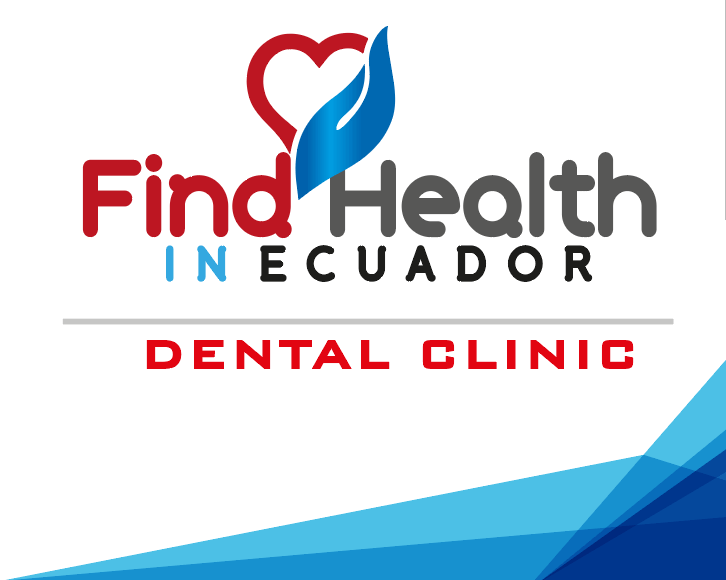Another way women are different from men — heart attack symptoms!
According to the Centers for Disease Control and Prevention (CDC), cardiovascular diseases (CVDs) to leads all other causes of American deaths daily, at least 2,200 each day.
 For reasons not yet understood, women fare much worse than men do after suffering a heart attack; twice as many women die within a year of suffering a heart attack, and under age 50, women’s heart attacks are twice as likely as men’s to be fatal.
For reasons not yet understood, women fare much worse than men do after suffering a heart attack; twice as many women die within a year of suffering a heart attack, and under age 50, women’s heart attacks are twice as likely as men’s to be fatal.
In Ecuador, CVD is the top cause of death, followed by diabetes, influenza and pneumonia, and stroke.
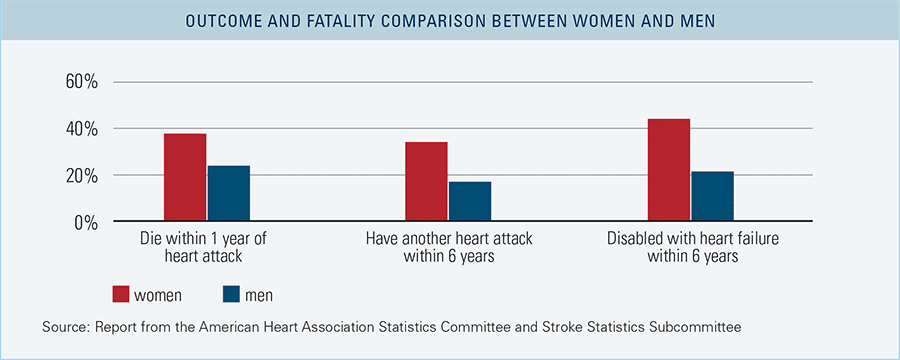 People with diabetes are two to four times more likely than others to develop CVD, and people with diabetes develop CVD at a younger age. Because this risk is so high, cardiovascular disease remains the most common cause of death in people with diabetes.
People with diabetes are two to four times more likely than others to develop CVD, and people with diabetes develop CVD at a younger age. Because this risk is so high, cardiovascular disease remains the most common cause of death in people with diabetes.
Other risk factors for heart disease include family history, untreated high blood pressure or high blood cholesterol, or pre-existing heart disease.
Women — we have a problem!
Early detection can be problematic for women. Most of what we know about the diagnosis and treatment of heart disease comes from research done on middle-aged men.
But signs and symptoms of a heart attack are different in men and women. Know the difference, so you can take quick action should the need arise.
In men, the sudden rupture of a cholesterol-filled plaque in a coronary artery precipitates a blood clot and the proverbial “elephant sitting on my chest” pain.
In women, a plaque is more likely to erode into a vessel wall rather than to burst, often producing different symptoms.
Men are more likely to develop blockages of the large, surface arteries but women are more likely to develop small vessel disease, where blockages occur in tiny vessels within the heart muscles.
A woman may visit the ER complaining of angina (classic heart-related chest pain) but when examined, her major coronary arteries may look normal.
The American Heart Association says that women are somewhat more likely than men to experience some of the other common symptoms, particularly shortness of breath, nausea/vomiting and back or jaw pain. One other overlooked symptom can be a severe migraine with flashes of light, blind spots or tingling in the hand or face.
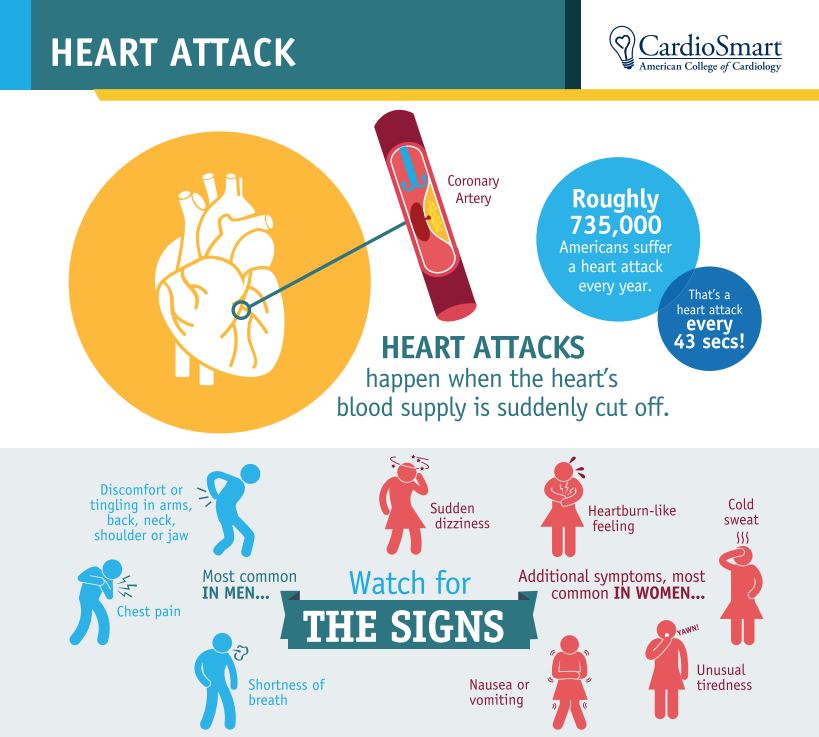 Common symptoms for both men and women
Common symptoms for both men and women
- Crushing Chest Pain
- Cold and Profuse Sweating
- Nausea
- Pain Radiating to neck or left arm
- Sudden onset of symptoms
But know these symptoms in women
- A profound sense of fatigue
- Shortness of breath
- Flu-like discomfort
- A feeling of indigestion, heartburn
- Symptoms last for a number of days
If you have any of these signs, call 9-1-1 and get to a hospital right away.
So, what can you do to lower your risk for heart disease and stroke? It turns out you can do a lot! Some things cannot be changed — you can’t change your genes or your inherited risk for some diseases.
But today, and every day moving forward, you can make changes to your behaviors. There are so many things that you can do positively that they can outweigh the unchangeable negatives.
The American Heart Association has a useful webpage called Life’s Simple7, where you’ll find My Life Check, a free interactive online tool that helps people assess and track their heart health information and gain a better understanding of their risk of heart disease and stroke. Check it out – it’s free and fun.
Here are the seven steps:
- Get Active
- Eat better
- Get to a healthy weight for You
- STOP smoking
- Control cholesterol
- Manage blood pressure
- Control blood glucose
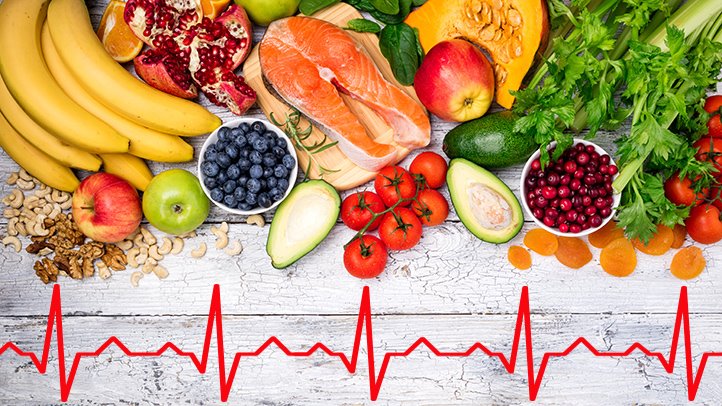 Additional tips:
Additional tips:
One of the big plusses of eating a mostly plant-based diet is the heart-healthy prebiotic fiber — fiber promotes a healthy gut and stronger immunity. Love your fruits and veggies – and they don’t have to be raw to be good for you. Broil those Brussels spouts; bake your potatoes, scrubbed; grill pineapple and mango for the most intensely sweet dessert without any added sugar.
Eat mindfully — portion sizes in some restaurants are enormous! Diga ‘compartiremos, por favor’ — and share the love! Remember, restaurant food is typically pretty salty, so dine out occasionally instead of frequently. Instead of cooking with salt, use herbs and spices. Cuenca is such a great town for sourcing all types of fresh and dried herbs. Make a marinade with some vinegar and lemon or lime juice, dried celery seed and dill. Try a pinch of red chili flakes and lemon juice — it will really brighten up the flavor.
A giant hunk of beef is so yesterday! Make animal protein an ingredient in your menu instead of the main event — try a stir-fry with lots of veggies and some lean beef or chicken, shrimp, or tofu.
Avoid sugar-sweetened beverages — period. Added sugar and processed and refined carbohydrates like white bread, pasta, and rice shoots your blood sugar up and requires you to produce more insulin to cover the surge. Keep those blood sugars stable with whole foods — instead of white breads and crackers, enjoy hummus with broccoli, carrots, and celery sticks.
Drink in moderation. According to Heart & Stroke, there is “an interesting paradox that comes with alcohol consumption. While small amounts can be good for you, overconsumption is a serious risk factor for both heart disease and stroke. In all cases, once you start drinking heavily, your risk increases.” Read more here.
Enjoy fish, especially small fish rich in omega-3 fatty acids like sardines. Good sources of protein, selenium, vitamin B-12, zinc, and calcium include Greek yogurt and eggs. Worried about eating eggs? Read my column about heart health and eggs here.
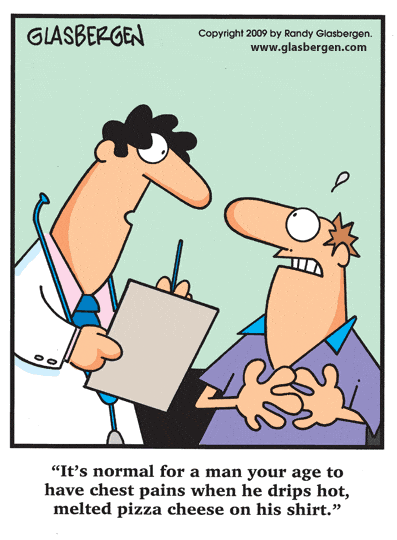 Sources:
Sources:
American Heart Association (Heart.org). Heart attack symptoms in women.
Centers for Disease Control and Prevention. Heart Disease: it can happen at any age.
Heart & Stroke. Ask a cardiologist: alcohol and heart health.
Women’s Heart Foundation. Women and heart disease facts.
World Health Organization. Cardiovascular diseases.
World Life Expectancy. World Health Rankings: Ecuador.
__________________________
Food, Nutrition, and Your Health columnist Susan Burke March moved to Cuenca after 35 years as a Registered and Licensed Dietitian and Certified Diabetes Educator in the United States. She currently serves as the Country Representative from Ecuador for the Academy of Nutrition and Dietetics.
Susan helps people attain better weight and health, and reduce the risk of heart disease, diabetes, and other conditions that can be improved with smart lifestyle modifications. Contact her at SusantheDietitian@gmail.com.











